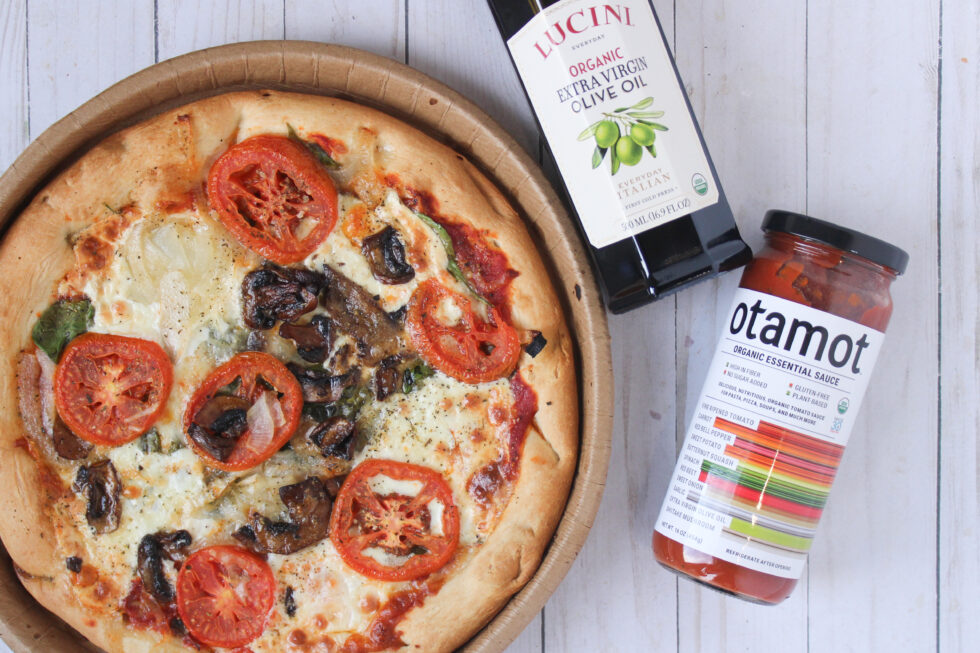
How To Make Your Pizza Heart Smart
It’s national pizza day and we hope you’re celebrating it! That’s right – you heard us. We dietitians love our pizza (and wine) just as much as the next person. While we always talk about finding your balance with indulgent choices and better-for-you options, we have you covered with a few mindful tidbits on how to build a better pizza. And with ‘The Big Game’ is just around the corner, this is the perfect time to load up a cart with smarter options.
Crusts are the hottest trend in pizza. There are traditional flour crusts (be it white or whole wheat), cauliflower crusts, broccoli crusts, chicken crusts, and so much more. There is no one-size fit’s all recommendation we’re making here as they all deliver something different. For example, the chicken crust helps increase the amount of protein but may increase the sodium exponentially, the added vegetable crusts add some additional fiber and may stay the same in amount of carbohydrates. No matter the situation we suggest taking your “normal” choice and comparing it to the one you are interested in. Ask yourself these questions:
- What is the serving size? Am I getting an even or better exchange?
- What is the difference in carbs and fiber content?
- What is the difference in sodium?
- Is it a better option?
While you probably aren’t thinking of putting Swiss cheese on your pizza it does have the lowest sodium concentration. So while it might not do well singularly, you could make a blend! Before we go any further let’s quickly discuss sodium since it’s come up a few times now. Sodium is found both naturally in foods as well as added. It plays an important role in the body by maintaining normal fluid balance. The normal amount of sodium to consume in one day for the average person is 2300 mg, that’s equivalent to 1 teaspoon. Ok – back to cheese. Other types of cheeses that are low in sodium are goat, brick, ricotta, and fresh mozzarella.
With all of the different sauces on the shelves, we are currently loving the Otamot Sauce. With the Otamot sauce (yes, we know it’s not the traditional pizza sauce), it has so many wonderful flavors coming from additional vegetables and can really give an edge to your pizza making. They’ve got a few different flavors in which you can make your pizza (or pasta) unique. With no added sugar, and only 350 mg of sodium per half cup you’ve got a good foundation for a lower sodium pizza. Another way to dress up your pizza outside of a traditional marinara could simply be olive oil if you’re going for that flavor profile.
Add more produce! This should come as no surprise to see us recommending more produce. Produce is naturally low in sodium and a great way to add more fiber which can help keep you fuller longer. It’s one reason we love supreme pizzas (minus the olives). When you think about it though, most pizzas contain some type of produce like pineapple and ham, supreme, pepperoni and bell peppers, bbq and onion, neapolitan, prossucio and arugula, and the list goes on.
